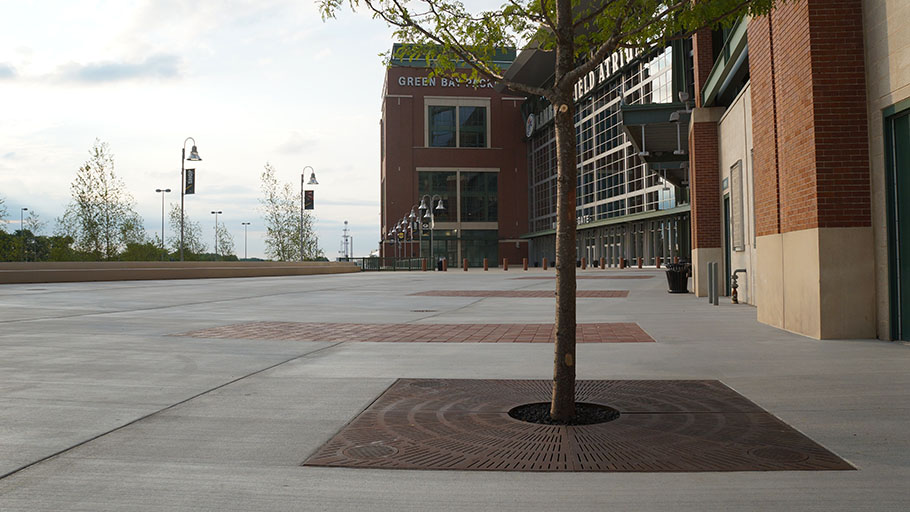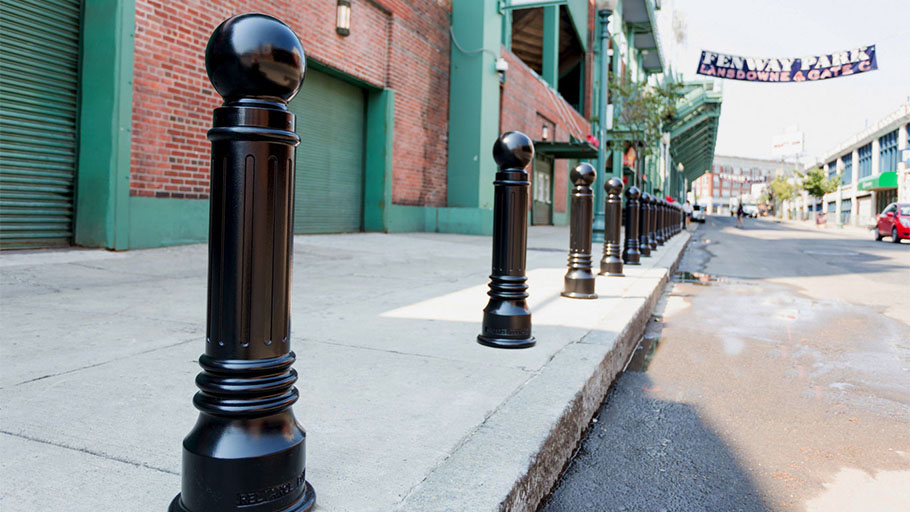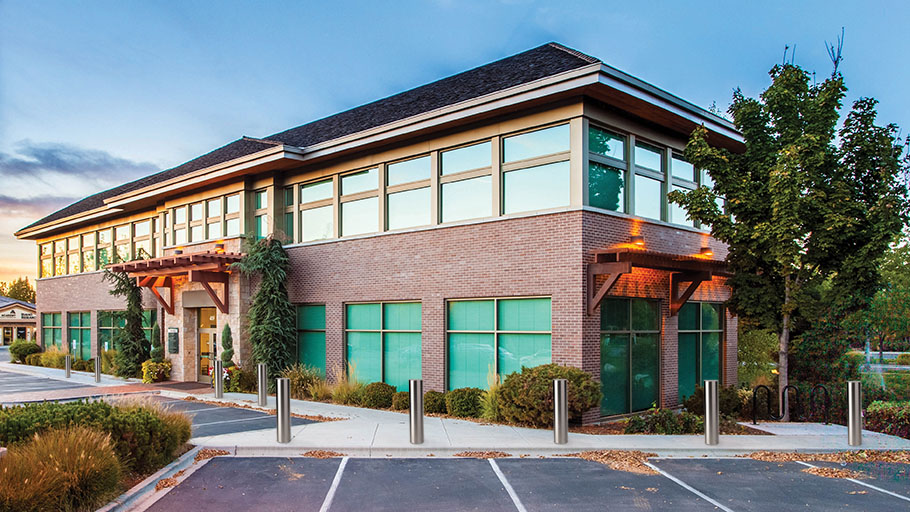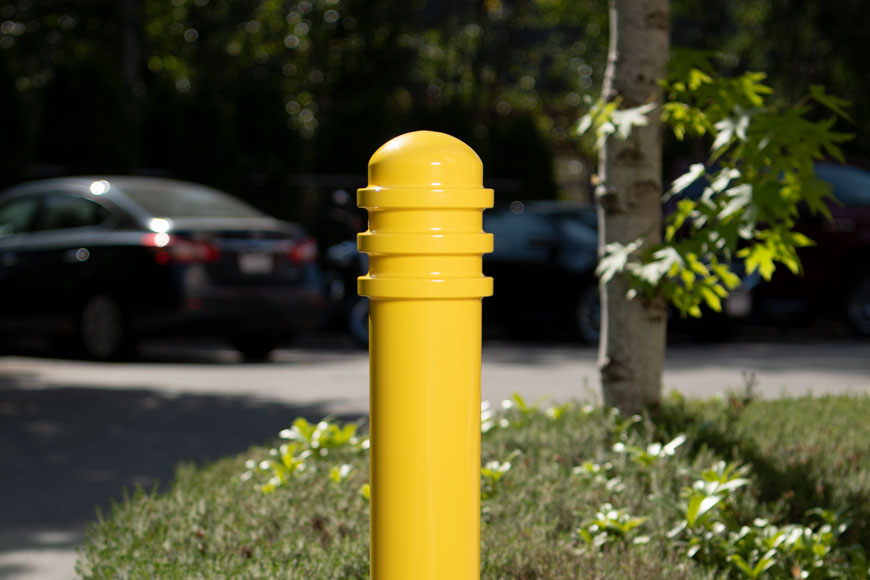What it is, why it’s important, and how it makes cities better places to be
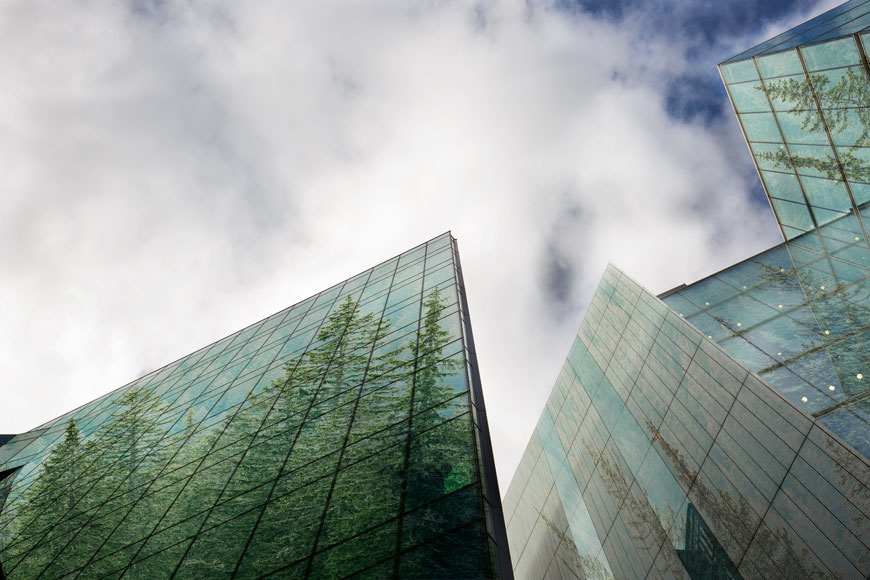
Sustainability has been a part of North America’s cultural, political, and economic landscape for more than forty years. It’s been a marketing buzzword for some, a guiding principle for others, and an elusive goal for many. Sustainability seeks to bring resource consumption and resource replenishment into balance. Our booming human population must not outstrip resource limits. In some areas, natural constraints have pushed governments and industries toward sustainable practices. Industries like forestry, farming, and fisheries have seen some successes in resource management. In North America, more people live and work in cities than in forests or on farms: 82% of the US population resides in metropolitan areas. Prioritizing urban sustainability is one way for city dwellers to support broader goals for the planet.
Why is sustainability important?
Sustainability produces environmental and economic balance. When in balance, societies do not consume resources more quickly than they can regenerate them. A sustainable society also won’t produce more byproducts or waste than the environment can safely absorb. Like a careful budget that prevents a balance sheet from sinking into the red, an economy based on these principles won’t out-spend its capacity. Money can be borrowed from the future, but exhausted resources can’t be.
Many societies depend on non-renewable resources that cannot be regenerated on a human timescale. A sustainable economy will have a renewable alternative to these resources.
For most of history, human populations were so small, compared to the size of the earth, it seemed fantastical that the planet could run out of a resource. A region might have resource depletion or extinction. Human exploration and innovation would always save the day. Management of harmful byproducts or waste was also not a huge concern. The sky, land, and water seemed so much bigger than the effluent we produced.
The Industrial Revolution increased our capacity to produce goods—and wastes. As our population booms and our lifestyles evolve, we are accelerating the rate of our consumption. Industries at the edge of their resource limits, and scientists monitoring the health of our planet, are raising the call for us to innovate again.
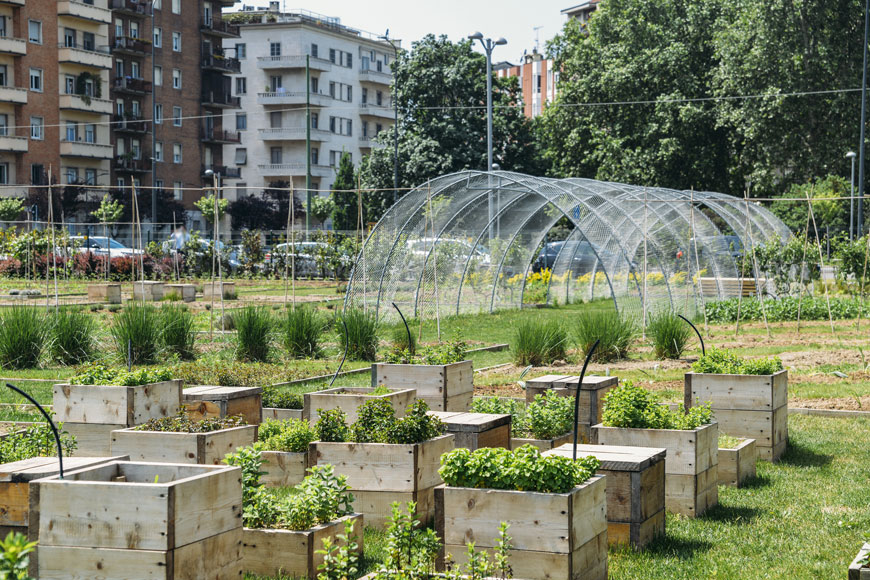
What is sustainable urban development?
Sustainable urban development creates cities that improve the home and work lives of citizens—without running out of resources. Sustainability has three core components: social, economic, and ecological. Actions taken in sustainable urban development consider all three pillars.
How can we achieve urban sustainability?
Cities have several common strategies to tackle sustainability. These include:
- Encouraging active transportation
- Provide excellent transit as an alternative to single-occupancy vehicles. Build cycling infrastructure. Create pedestrian-friendly spaces.
- Urban forests and rewilding
- Plant trees. They provide shade, increase people’s enjoyment of streets, increase property values, offer habitat to animals, and enhance businesses.
- Waterwise practices
- Replenish groundwater or manage run-off through bioswales, trees, and permeable hardscape.
- Energy efficiency with low waste
- Lower energy usage by using LEDs. Create smart-city data capture for energy management. Tap into renewable sources of energy like solar or geothermal.
- Local farming
- Support local farms. Use bio-aware practices that build soil profiles. Choose plants for natural pest management.
- Green building codes
- Provide incentives or requirements for LEED building.
- Zoning and amenities
- Take a placemaking approach to neighborhood revitalization. Use a “village” model of development, so that residents can walk for work, errands, and leisure.
- Inbuilding vs. sprawl
- Inbuild density to reduce infrastructure and energy required per capita.
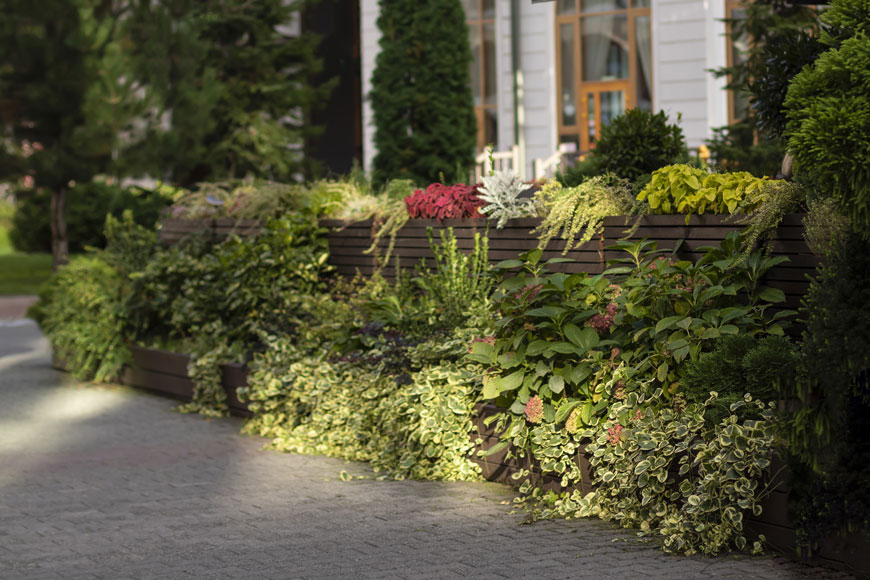
Can Green Infrastructure Promote Urban Sustainability?
Green infrastructure includes plants and soils in design for the management of city resources and wastes. Natural solutions are available for many different urban problems.
Plants and trees clean, cool, and freshen the air. Water is purified through plants via transpiration. Plants also reduce runoff: root systems open the soil and drops of water clinging to the plant are directed into these spaces. Plants provide habitat for urban wildlife. Vegetation can provide food and organically discourage pests. These benefits mean green infrastructure can be used to deal with several urban issues.
Urban heat islands
Cities are often hotter than surrounding rural areas, especially at night. Concrete and asphalt are efficient at absorbing heat and act as a reservoir that radiates heat into cooling night air. Tall buildings absorb and then radiate heat over large surface areas, block breezes, and prevent air circulation. A bubble of hot, still, particulate-filled air often covers cities in the summertime.
Hotter temperatures can lead to health challenges for vulnerable populations. City residents will often depend more on air conditioning than those in neighboring rural areas.
Green roofs, or green space installed on the top of buildings, have a very different thermal profile than concrete alone. Vegetation does not store heat to release into the nighttime air. Additionally, precipitation soaked up by green roofs does not end up as run-off. It is released back into the air, cooling and freshening, through transpiration. As an insulating layer, green roofs also increase the efficiency of internal climate control systems. Cities can encourage green roof infrastructure to combat urban heat islands.
Trees at street level, especially those with a large canopy, make a significant difference to street-level temperatures through shade and transpiration. Trees around a single-family home can reduce need for air conditioning by 50%.
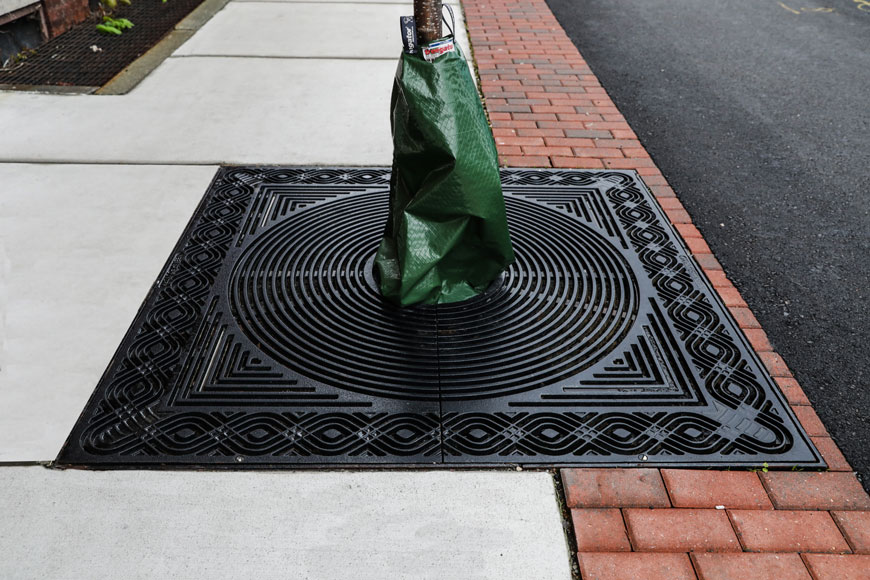
Stormwater management, water treatment, and groundwater replenishment
Much of the hardscape in a city is non-porous. Water runs off the top, collecting particulate and debris as it goes. Traditionally, this water has gone into a sewer system, where the greywater is directed into a lake, river, or ocean. Aquifers and groundwater aren’t replenished as quickly when the surface is “sealed” above them. Getting water back into the water table, as opposed to running off to large bodies of water, helps promote the health of an ecosystem.
Flood risk is up all through the United States. Princeton’s Engineering School predicts that ‘100-year-floods,’ previously expected only once every hundred years, are now coming with 1 to 30 year frequency. Cities are dealing with rising seas and increased rainfall. The hardscape that once managed water is becoming overwhelmed.
City waterworks can filter and treat greywater. The natural environment does this work as efficiently. Plants, their root systems, and different strata of soil pull particulate out of rain and storm water as the water returns to the water table. Plants also capture and guide water into the soil. Trunks and stems direct water to the surface; root systems create greater porosity below it.
Green infrastructure is an excellent strategy to create porous surfaces in the hardscape. Plants and trees filter the water and bring it back to the water table. Additionally, they must absorb water and “breathe” it back into the air through transpiration. Just by living, plants reduce the amount of water that needs to be absorbed by soil or local water bodies.
Destruction of natural habitat
Creating green space in the city is essential for supporting threatened and endangered species. Tree canopies, wetlands, and areas filled with self-sustaining indigenous plants support local bee, bird, and animal populations.
Migrating animals are often challenged by unwitting habitat destruction. With no animals in residence, a habitat is destroyed, and the migrating flock only finds their way-points the following year. Creating green-space can bring those animals back. For example, butterfly gardens planted with milkweed are supporting the yearly monarch migration from North America to Mexico.
Mental health and community building
Green spaces and tree canopies improve population mental health. Greenery itself is shown to reduce depression and stress, not just in the short term, but also over time. Parks and other such green spaces are also important for recreation and leisure within a community. Beautiful greenery draws people outside and presents opportunities to exercise, meet, and socialize.
Sustainable food sources
Although our cities are unlikely to produce the calories needed to sustain them, a movement toward urban food production makes the city less dependent on energy expenditure to feed itself. Cities are planting fruit trees, creating community gardens, and supporting lawn-to-food-production charities. Additionally, creating farmers markets and food stalls brings small suburban and close-rural food producers to sell into the household supply chain. Sourcing food locally helps cities become more sustainable.
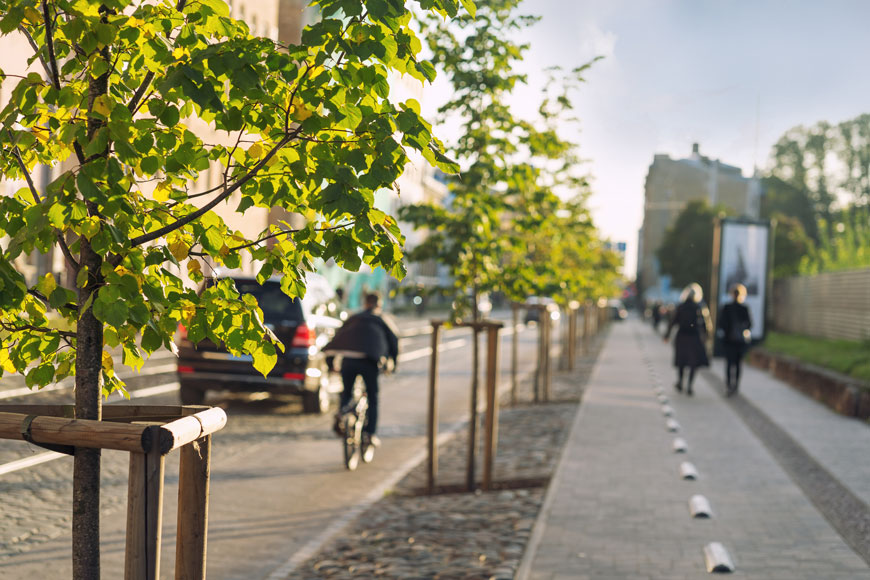
Hope For A Sustainable Future
Successful environmental changes are possible. Positive examples of human change abound. Some are as simple as noticing the deleterious effect of a chemical and removing it. The time it takes for recovery varies. For example, banning DDT allowed eagle populations to rebound over the following decade. The damage caused by chlorofluorocarbons took longer. These innocuous-seeming chemicals were blasted out of hairspray bottles and used in fridges: once they left the bottle, they floated skyward to rip a hole in the earth’s protective ozone layer, leaving a hole in the ozone over the Antarctic. In the 90s they were banned. Though the ozone hole did not grow larger, it took a long time for anything to change. Yet this is a success story: NASA data shows that in 2017, the hole in the ozone layer over Antarctica reached the smallest size since 1987.
Acid rain was a more complex issue to tackle, requiring technological advancement and innovation, rather than the banning of certain processes. Legislation requiring advances in smokestack scrubbers have substantially improved PH and sulfate ion deposition in the US, according to the watchdogs at the National Atmospheric Deposition Program.
Changes to our cities are a developing success story even though the transition is more complex than that of banning a chemical or installing new scrubbers. Good design and thoughtful planning will help ease the change. People flock to safe, adequate housing near their workplaces. Green, clean urban environments enhance lifestyle and ease the stress of changes in infrastructure. When leisure, shopping, schools, and amenities are close to home, walking becomes pleasant. Prioritizing projects that enhance social and economic outcomes for citizens as well as reaching environmental targets help the transition move more quickly.








